It is the time honored way to deal with plagues and pandemics: those who have the means flee the crowds. In the past, Roman aristocrats would leave for their rural villas and summer homes; wealthy citizens left cities like Philadelphia during the 1793 Yellow Fever outbreak, leaving the poor behind to fend for themselves in the festering city.
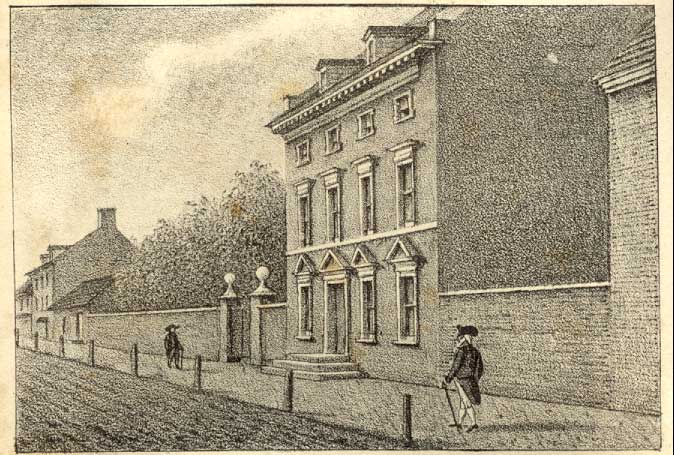
While there have certainly been those who have escaped to less-dense areas of the country, the COVID-19 pandemic has witnessed the virtual version of this ancient practice: those who have been able to move their lives onto virtual networks have done so.
The COVID-19 pandemic has bifurcated the world of work. Some—like university professors, office workers, and other professionals—have been able to continue their working lives cocooned at home, connected via Zoom, virtually escaping the pandemic. For many others, work cannot be so easily conducted online, and so they have either been furloughed or laid off or have had to work in the increasingly dangerous “real world.”
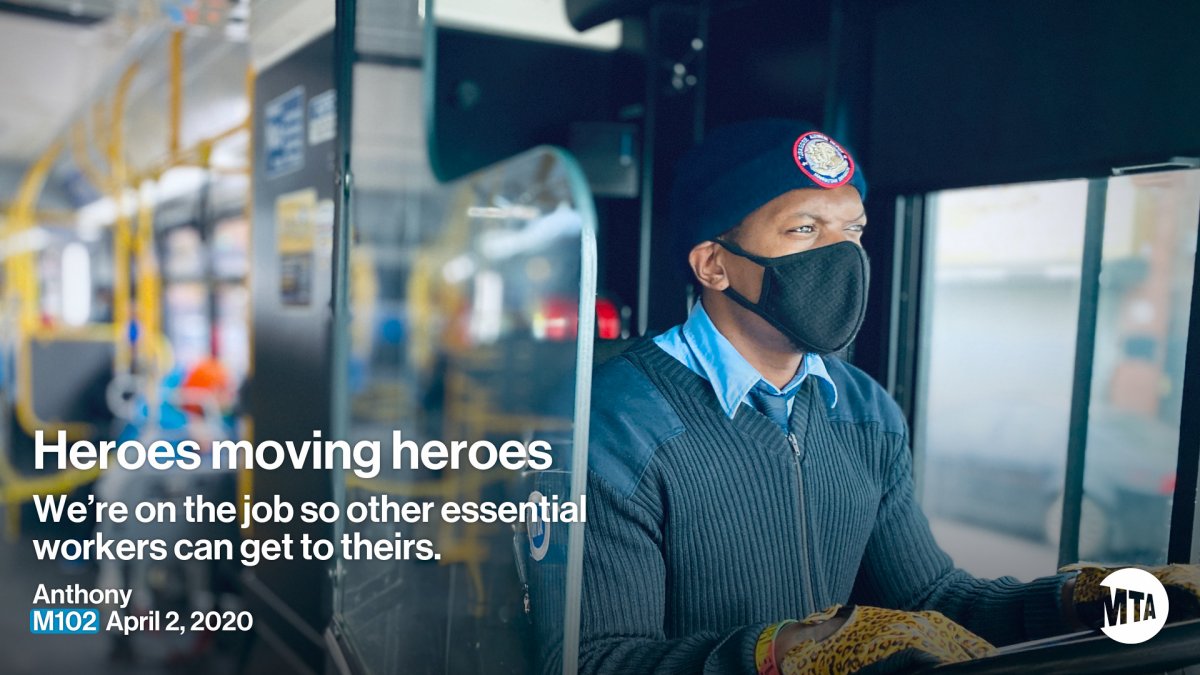
As I write this, the pandemic shows little signs of abating, at least here in the United States. At some point, we anticipate the pandemic will dissipate. What will our lives look like after COVID-19?
One possibility—the one many of us long for—is a return to something that looks like the status quo. But, as a historian looking at what the future will bring, it is more likely that we will retain habits and behaviors that we have been forced to learn because of the pandemic.
While we have already witnessed an explosion of face-to-face activity as the quarantines have been relaxed, this impulse to gather in large crowds might prove temporary. It is possible that, after an initial surge of physical gatherings, we will discover that we actually prefer meetings and other business carried out virtually over Zoom.
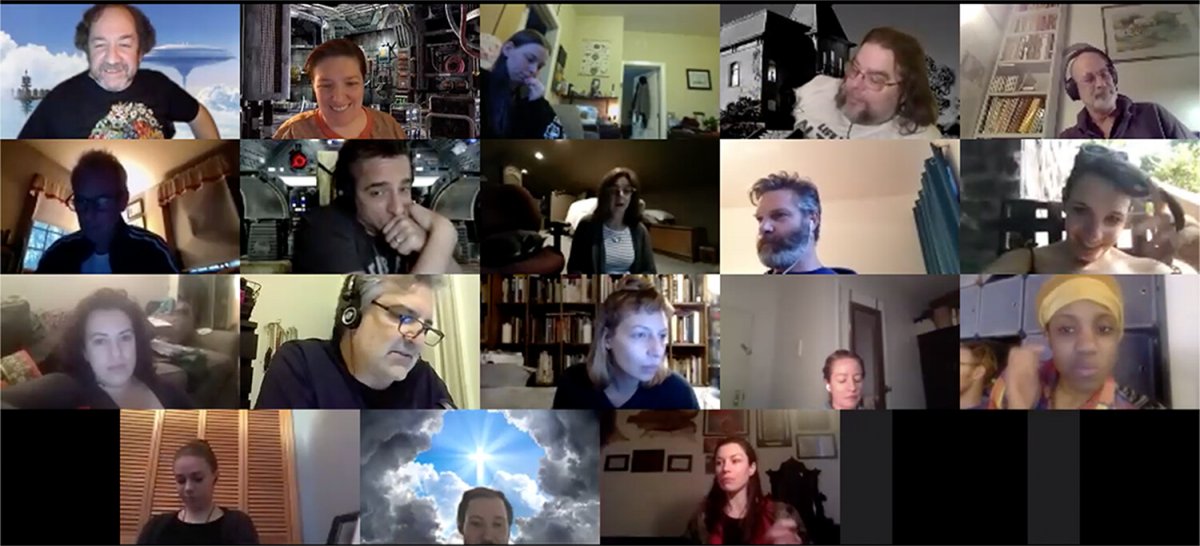
Employees might argue that they were just as productive working remotely as they were banded together in an office. Companies might therefore continue to allow employees to work from home, saving the cost of renting or owning office space. Similarly, conferences and business travel will likely be significantly reduced—assuming that the airlines even survive the coming pandemic-induced recession.
The economic consequences of the pandemic have led some to wonder whether globalization altogether might be under threat, inasmuch as globalization is defined in part by the ease of movement across international borders.
There are some who have abandoned Zoom to opt instead to meet as characters in video games, like Red Dead Redemption. In our desire to be both physically distanced but also to enjoy each other’s presence, we may find that immersive spaces—enhanced by virtual reality technology—will allow us to do both.
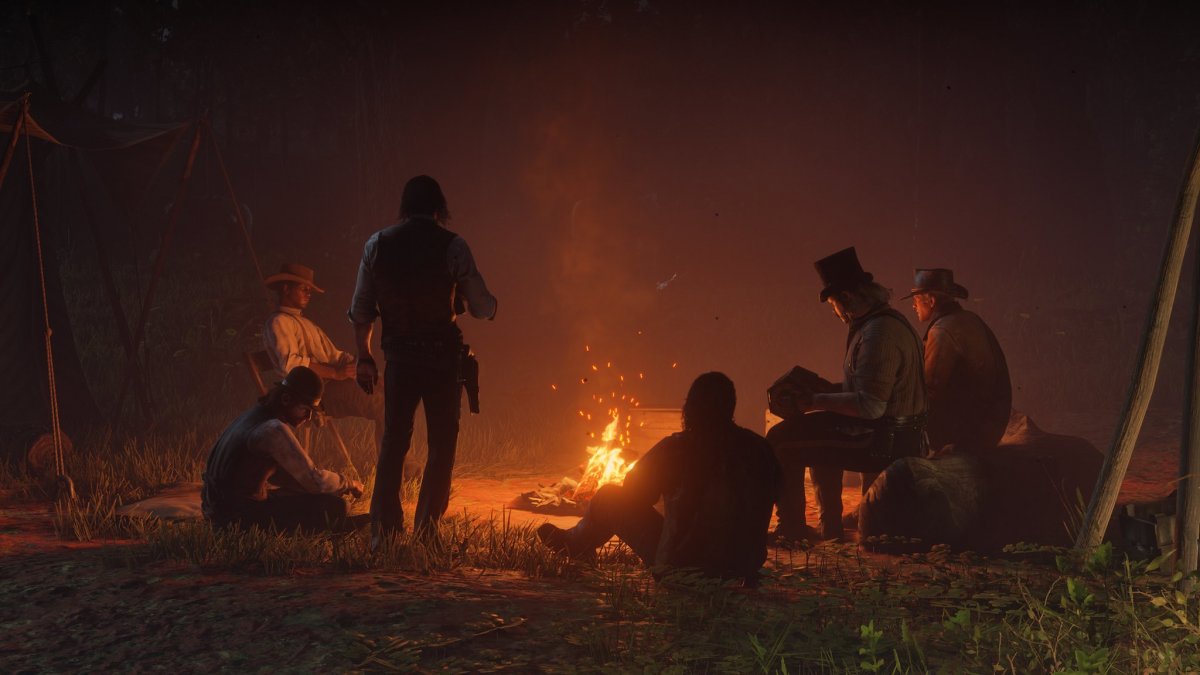
A scene from Red Dead Redemption 2 where characters gather around a campfire.
Telemedicine and online education—already practiced before the pandemic—will become more widely used. I do not believe that all of our lives will shift online, but we will discover that a greater portion of our lives will be conducted online. That is, the ratio of online-to-physical life will shift toward the former.
This will only be of benefit to a portion of the population, of course, with the technological capacity and the privilege of living and working online. Those who reside in rural areas or other “connectivity deserts” might find it difficult to move their lives online, with myriad social and economic consequences.
Life in the world outside virtual networks, the physical “real world,” will also change. We are very likely to expand the boundaries of our personal space. Outside of official guidelines that urge six feet of distance from each other, we will find that many people will be more wary of encroachments on the boundaries their physical space.
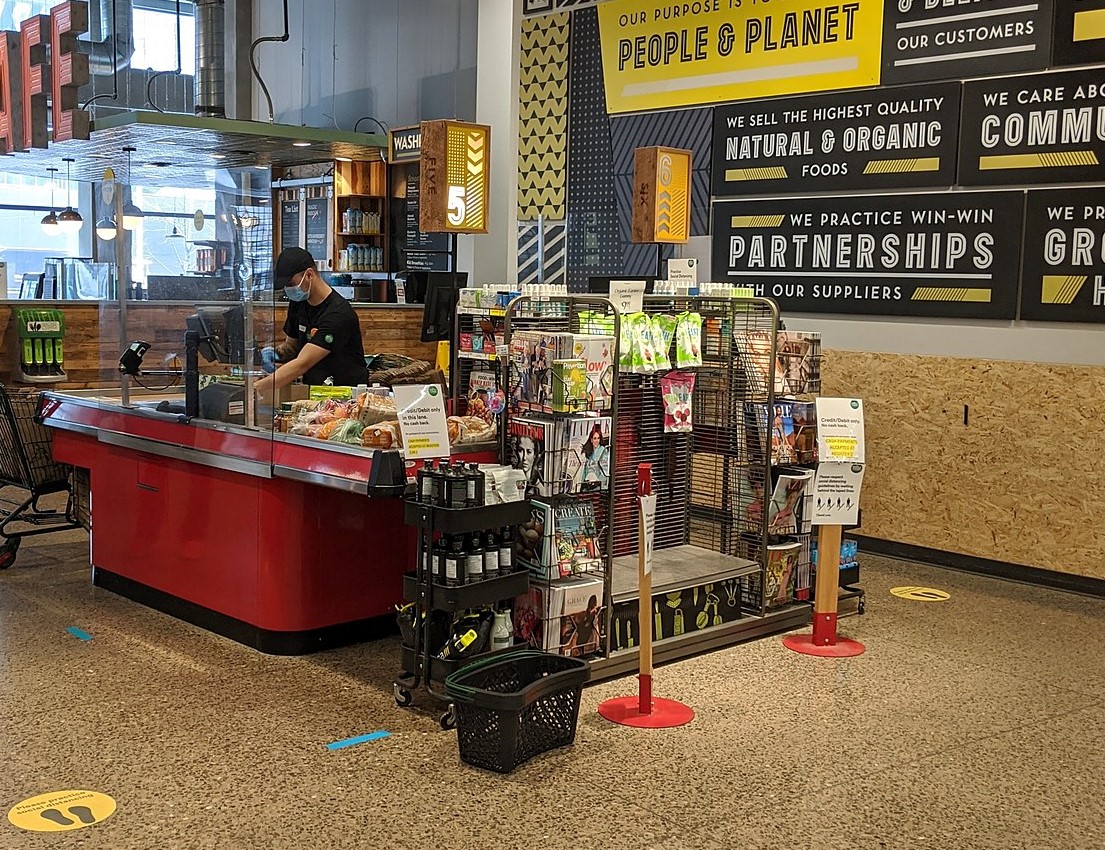
The physical spaces we move through will be re-designed to organize and control movement. Some retail establishments, for example, have been limiting the number of people who may be in the store at any given time, and some grocery store chains have taken to drawing lines on the floor that demark the approved path one must follow while in the store.
Sports arenas and other large venues, once they open again, will limit the number of fans who can attend, and will instruct them to arrive at the game at staggered times, to prevent a mass build up at entrances. Similarly, there will be a schedule for when one can leave the stadium after the event. The re-design of interior space will be a lingering consequence of the pandemic.
Before COVID-19, urban densification was all the rage among urban planners and advocates. Now I wonder if people will want to live in such dense conditions. Indeed, life in the relatively less crowded suburbs and rural areas—where it is easier to maintain social distancing—will prove attractive. Urban planners who have been decrying “suburban sprawl” will find that people are approving of what they will call “suburban spaciousness.”
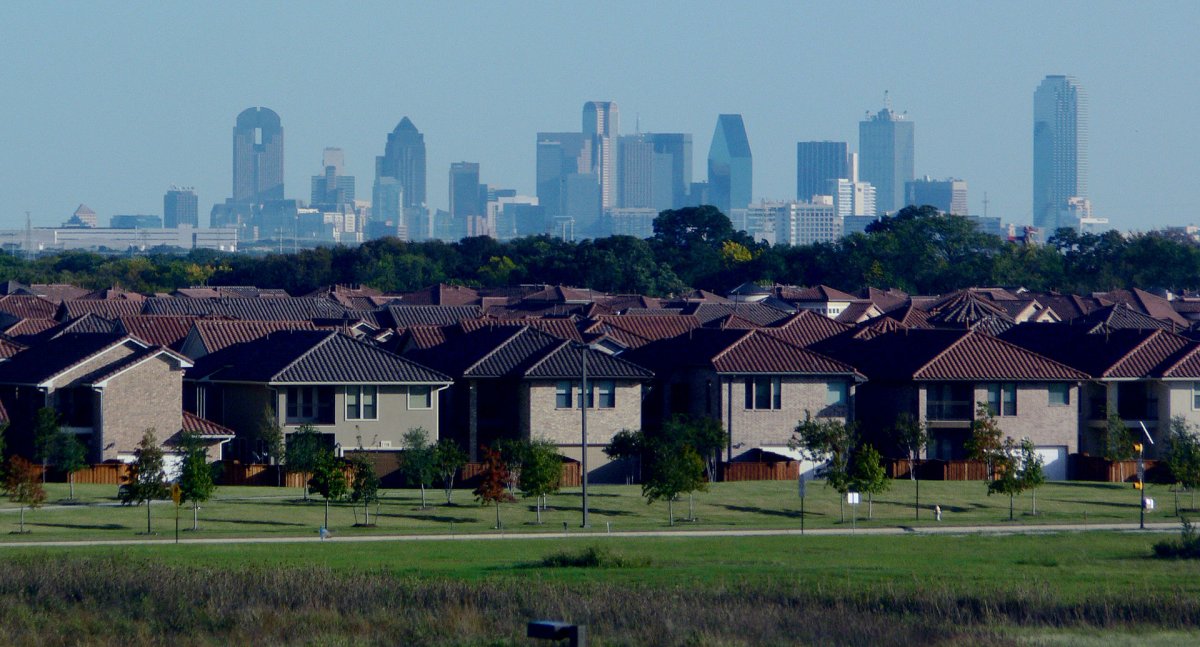
Devastating unemployment has been one consequence of the pandemic, laying bear the fact that jobs that must be performed in the physical real world dominate our economy. The largest occupation in the United States is retail salesperson, followed by fast-food counter workers, and cashiers, according to the Bureau of Labor Statistics, occupations that are difficult to conduct virtually. These jobs have also been identified as “essential” and are among some of the lowest paying in our economy. One wonders about the future of these essential workers once the pandemic ends.
I see three scenarios: the first is that, after the crisis subsides, these workers will be returned to their status as underpaid and underappreciated laborers, no longer considered “essential.” A second scenario is that the COVID-19 crisis will accelerate the trend toward the automation of jobs, especially jobs now deemed too dangerous for human laborers.
But a third scenario is a new assertion of workers’ rights, even a revival of union organization. Having demonstrated their essential role in the economy, these workers will insist that they retain the increased wages, benefits and respect that they were accorded during the pandemic. And there is precedent for this: a rise in wages and work opportunities followed in the wake of the Black Death.
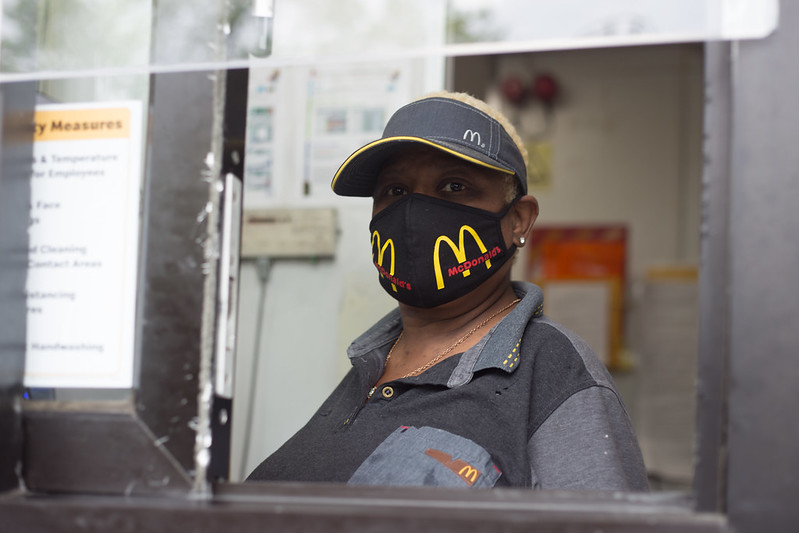
An essential McDonald's employee dons a company face mask during the COVID-19 pandemic.
There have been more strikes by U.S. workers in the last year than we have seen in decades. We have witnessed worker protests erupting at a number of companies during the pandemic. One outcome of this crisis could be that these hitherto low-wage workers receive higher pay and better benefits.
Neil Bradley, executive vice president and chief policy officer of the U.S. Chamber of Commerce, says that “we are going to have to have this discussion about what types of benefit-support programs are available for a whole host of workers” as a result of the pandemic.
Whether at work or home, a lasting consequence of the COVID-19 pandemic will be a widening gulf in our lives between the bifurcated virtual and physical worlds.

